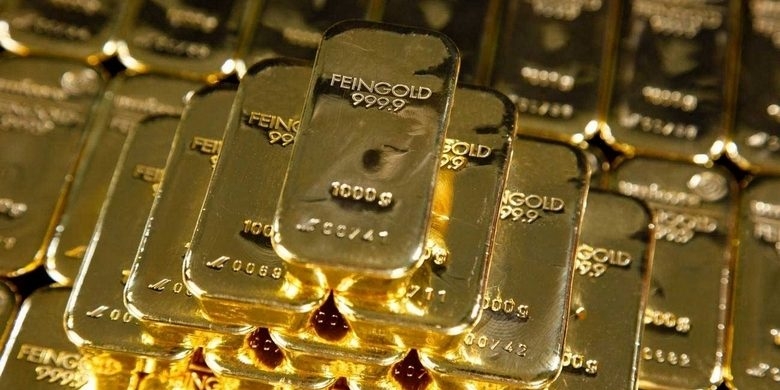Wednesday, September 18, 2019
Khaleej Times – KT For Good: All that glitters is not always gold
By Vijay Valecha in 'Century in News'

Gold has no intrinsic value other than the worth we humans have attached to it. It sure looks pretty when used as jewellery, and it did serve as a former currency. But besides that, it is of no particular use – yet, it is perceived as a classic inflation hedge.
In times of economic uncertainties -like we are experiencing today with the US-China trade war, looming Brexit, tensions in the Middle East – it is considered impervious to the actions of centralised institutions.
The price of gold has already risen by 18 per cent this year, reaching more than $1,550 an ounce this month for the first time since April 2013.
In the UAE, the yellow metal is trading at Dh181.50 per gram. Forex experts predict the trend to continue, and gold price to touch $2,000 an ounce within the next two years.
Much of this movement in gold prices could be because of extensive buying of bullion by central banks. Central banks globally have purchased a record $15.7 billion of gold in the first six months of the year in an effort to diversify their reserves away from the US dollar as global trade tensions continue to simmer.
As per the World Gold Council, 18 per cent of central banks plan to increase their holdings of allocated bullion over the next 12 months, and none plan to decrease their exposure to gold over that period.
The US has over 8,100 tonnes of gold reserves, far ahead of others. Germany comes second with over 3,300 tonnes of gold. However, China and Russia are increasing their reserves at a fast pace.
Should we buy gold? And how?
So, should you and I see it as an investment vehicle, too? Is there merit in buying gold now and expecting it to come handy when we plan to hang up our boots, or dip into when our kids join university?
Well, the golden rule of thumb for investing suggests we should have a diversified portfolio. So yes, it makes sense to diversify our investments and use gold as a vehicle. But limit your exposure.
“Yes, gold has tended to be both a safe haven asset and an effective asset allocation tool to reduce volatility,” said Vishal Dhawan, a financial adviser providing services in India and the UAE.
Jewellery, however, should not be considered as an investment.
In a poll run by Khaleej Times on Tuesday, over 65 per cent of readers shared that they considered gold jewellery as an investment.
This poll reflects a general trend, at least among South Asians who have a particular affinity for gold.
But anything that will not be sold should typically not be considered as an investment.
“Just like a primary residential home where your family lives, gold jewellery also tends to be similar. Selling it is a very emotional decision, so it’s very difficult to be objective when dealing with it. Therefore, it should not be considered as an investment,” argued Dhawan.
How much to invest?
Diversity is the key. Over a long-term period of time, equities have given better returns than the yellow metal.
Consider this: In the last nine years, the S&P500 (index that measures the stock performance of 500 large companies listed on stock exchanges in the US) has given over 166 per cent returns. Comparatively, gold prices have risen by just 17 per cent.
“Ideally, investors can hold between five and 15 per cent of their wealth in gold as a hedge against market uncertainties and emergencies. It is globally accepted and can be easily liquidated or pledged during an emergency,” added Damodhar Mata, a Dubai-based financial advisor.
Financial advisors also suggest considering paper gold for investments.
Think of gold exchange-traded funds, or ETFs as they are popularly known, fund-of-funds offered by asset management companies, and sovereign bonds or certificates. These are more cost-effective, offer great liquidity, and do not incur extra storage expense which has to be factored in when buying physical gold.
But Dhawan also dished out a word of advice: “Avoid buying gold just because of recency bias that comes with good returns in the recent past – use it as an asset allocation tool and rebalance on a regular basis.”
Source: khaleej Times
__565361333.jpg)
__1702287518.jpg)
__1239930142.jpg)
__396687930.jpg)
__196023842.jpg)




.png)
.png)
.png)
.png)


